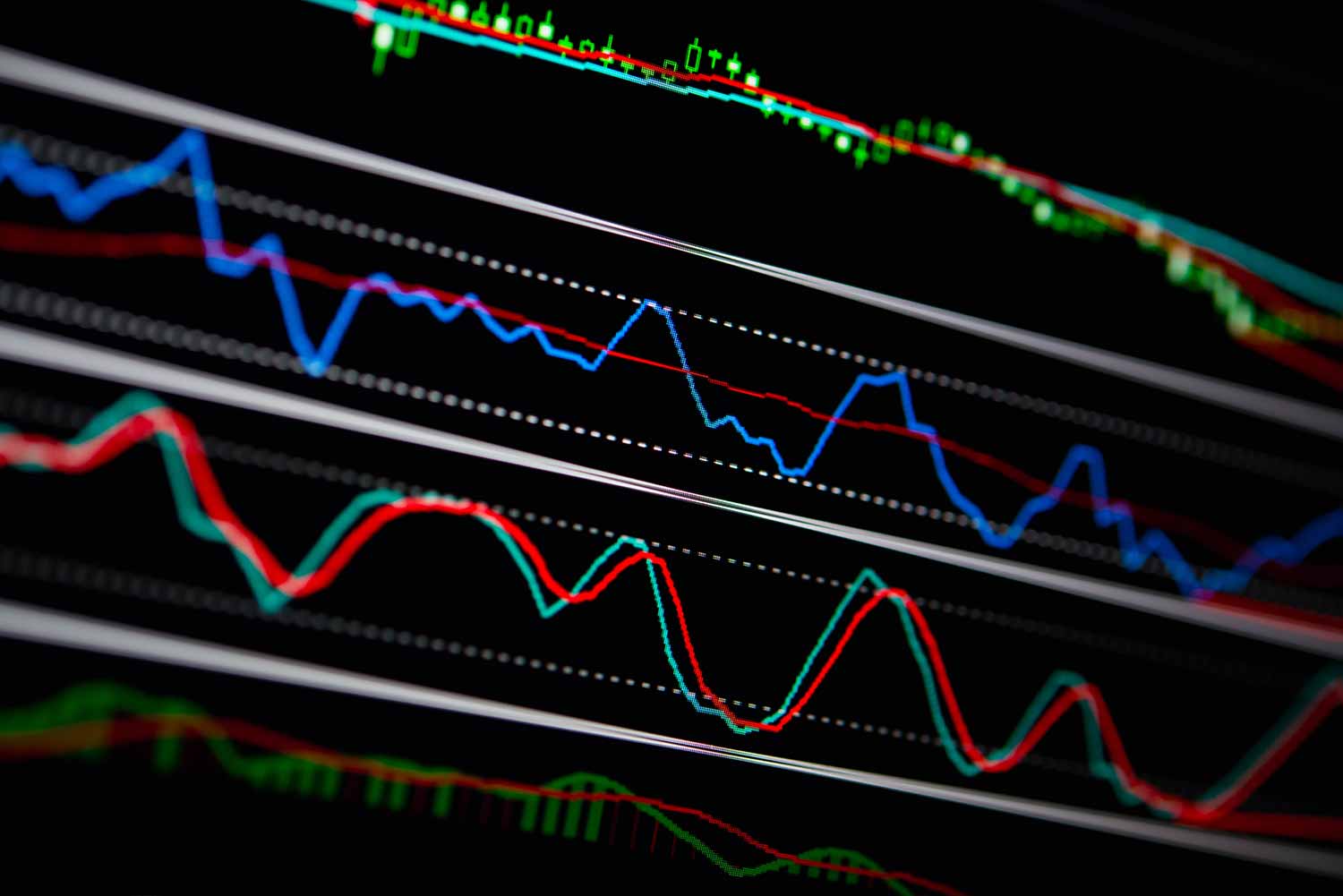It is evident that the precious metal is exhibiting a bullish trend within a trading range, suggesting the potential for further price gains. This is supported by the fact that gold’s current price is positioned above both the 200-day and 50-day moving averages, indicating a positive market sentiment.
In Scenario 1, there is a possibility of a short-term price decline from its current level, with potential support levels at 1976 and 1971. Should this downside momentum continue, we may see further support at the range of 1967 to 1962 and 1956 to 1953. A critical support level to watch for is at 1945 to 1938, as a significant drop below this level may signal a shift in market sentiment.
Alternatively, in Scenario 2, if the price continues to climb from its current level, it could face resistance at levels between 1987 and 1991. A successful breakthrough of this resistance zone may pave the way for further upward movement, challenging the upper resistance range of 1997 and 2001 to 2003. In such a case, we could see the market testing levels around 2008.
While the short-term momentum remains bullish, it is essential to note that the overall market direction appears undecided, indicated by the Relative Strength Index (RSI) fluctuating within an undecided range.
In the coming days, there is a possibility of gold ranging between the levels of 1950 and 1997, with particular significance placed on the levels of 1971 and 1950. These levels may prove crucial in determining the metal’s future direction, whether the bullish trend will continue or potentially reverse
As we move forward, key price levels to closely watch are 1962.40, 1967, 1971.80, 1977, 1983, 1991, 1953, 1947, 1943, 1938, 1987, 1991, 1997, 2003, and 2008. These levels will serve as critical points of interest as we assess the market’s behavior and anticipate potential price movements. As always, prudent risk management and strategic decision-making will be essential in navigating this dynamic and uncertain market environment.
